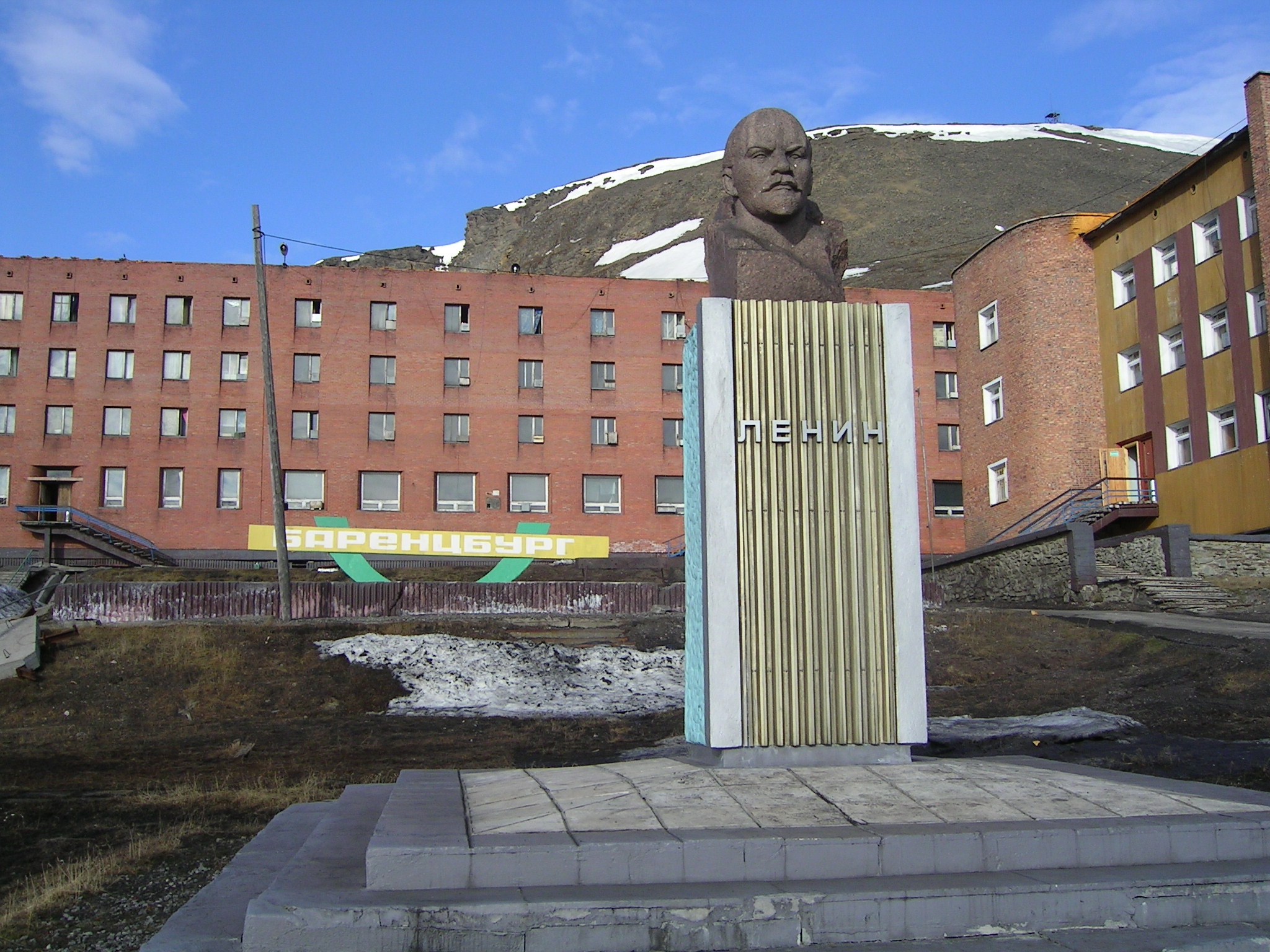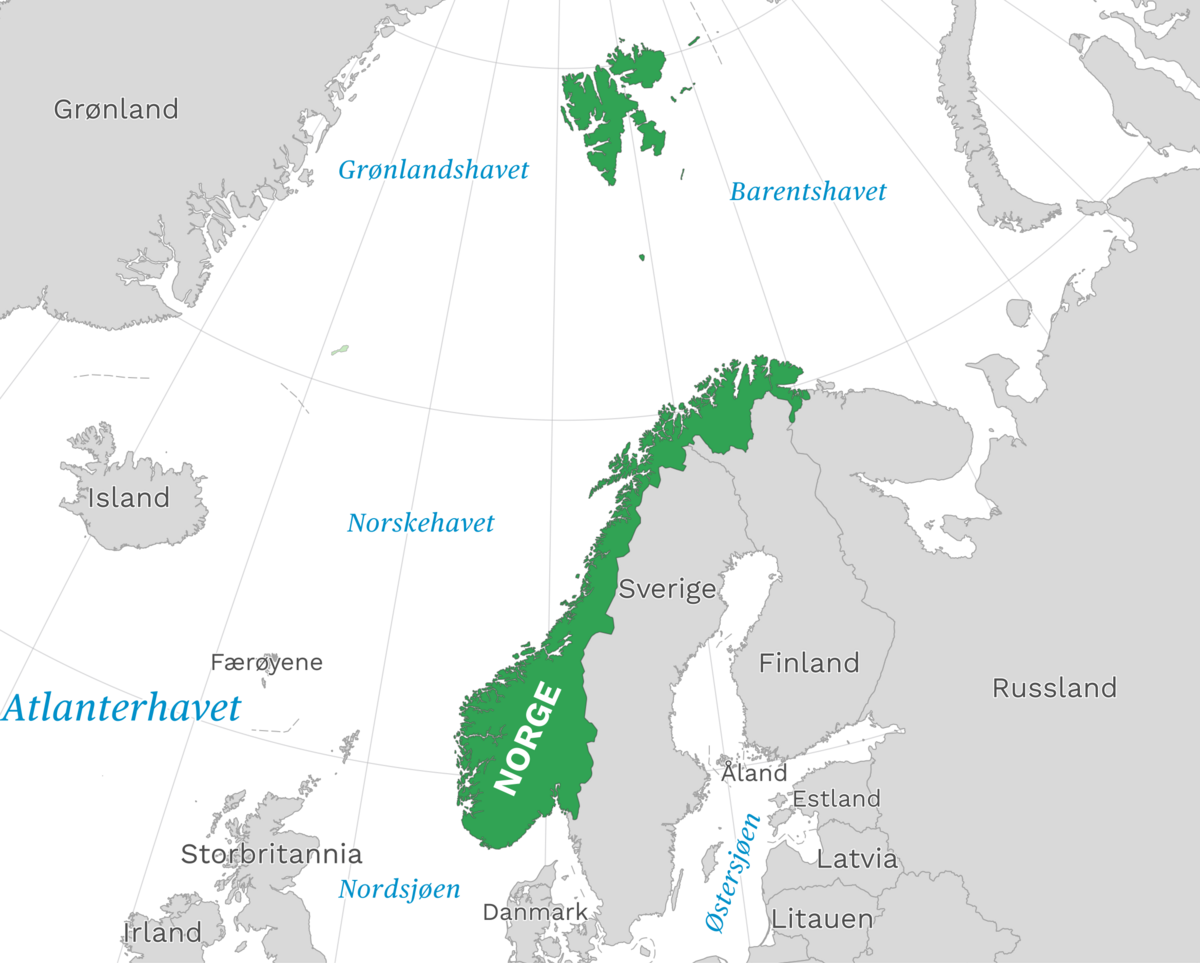Svalbard And Jan Mayen: On the Edge Of The World

These Norwegian islands, halfway between Norway and the North Pole, are one of the most remote places on Earth and one of the most difficult to visit. Those devoted travellers who manage to come there will be rewarded with breathtaking views of volcanic landscapes and a unique feeling of being on the world's edge. Having no permanent residents, Jan Mayen can be visited only by taking part in a boat/ship tour. Svalbard, or Spitsbergen, is an example of Arctic beauty, with its sparkling glaciers, snowcapped peaks and picturesque fjords. Explore the North in its untouched magnificence — pick Svalbard and Jan Mayen as your next travel destination.
General Information
The total area of Svalbard is 62,049 sq km (ft), and that of Jan Mayen is 373 sq km (ft). The coastline is 3,587 km by Svalbard and 124,1 km by Jan Mayen. The indigenous population of Svalbard consists of 2,756 inhabitants who speak the Norwegian language, but no people live in Jan Mayen. Norway governs the territory, so both Svalbard and Jan Mayen exist under the Kingdom of Norway's law.
Collectively, the island of Jan Mayen and a group of three major and numerous minor islands of Svalbard form an archipelago between the Greenland Sea, the Barents Sea, and the Norwegian Sea.

Jan Mayen is an active volcanic island; its peak, Mount Beerenberg, reaches 2,277 m (7,470 ft). A major part of the territory is glaciated; thus, the land is mainly uninhabited. However, offshore waters and shores are rich in animals, birds, and marine creatures. The harsh weather, featuring heavy rain, fog and strong winds, makes Jan Mayen a difficult place to visit. Some even say the weather here is terrible 362 days a year! Despite this, the island gained popularity as a prime whale-watching spot. The island is uninhabited by people, though a meteorological station and a Loran-C (radio) station are maintained there.
The Svalbard archipelago (meaning «cold coast») consists of four main islands — Spitsbergen, Nordaustlandet, Edgeøya, and Barentsøya. Small islands are numerous, with such examples as Kvitøya and Bear Island. Spitsbergen is translated from Dutch as «pointed mountains», which is true to life — the island's landscape is mountaineous. A curious fact about Svalbard is that it is covered by the third-largest ice sheet in the world.
Climate and Conservation Efforts

The Arctic climate of Svalbard, which is covered with glaciers and snow, is mildened by the North Atlantic Gulf Stream. Due to this, the water around the island never freezes, enabling ship transportation all year round. As Svalbard lies north of the Polar Circle, the sun never sets during the months between April and August and never rises between October and February. Usual temperatures fluctuate between 8ºC in summer and up to -20ºC in winter.
With Norway being one of the most environmentally conscious countries, Svalbard and Jan Mayen are no exceptions. Having been a whaling and trapping centre in the past, Svalbard now has seven national parks, 21 nature reserves, and a geotope-protected area. Together, these institutions comprise 65% of the land area and 84% of the surrounding waters. Due to low humidity and natural permafrost, Svalbard was chosen to host the Global Seed Vault, an enormous collection (over a million!) of seed samples taken from every corner of the planet.
History

According to Norse folklore, Svalbard, meaning «cold edge», was discovered by the Vikings in the 12th century AD. After that, the island was rediscovered and made known to the rest of the world in 1607 by Henry Hudson. Svalbard became a whale-hunting centre for all of Europe. As for Jan Mayen, its discovery is credited to Joris Carolus, who named it after one of its ship captains.
On February 9, 1920, the Svalbard Treaty was signed, which granted Norwegian sovereignty to the territories of Svalbard and Jan Mayen. Then, both territories were declared free of military activities.
Later, the Norwegian government allowed other countries to legally exploit the natural resources found on Svalbard. This action led to the appearance of two permanent Russian settlements, Barentsburg and Pyramiden. They remained active until 2000 but can still be observed today as an open-air Soviet-period museum.
Now, Svalbard is governed by the Norwegian governor, the Fylkesmann, who sits in the town of Longyearbyen, the archipelago's only town.
Economy
Today, Svalbard’s economy is centred around fishing, trapping, and coal mining, combined with emerging tourism. Jan Mayen, devoid of useful natural resources, doesn't have any industrial institutions.
Activities

Spitsbergen, the main island of the Svalbard Archipelago, also called the «wildlife capital of the Arctic», is an excellent destination for a Polar expedition. Numerous bird species living there include puffins, black-legged kittiwakes, skuas, little auks, northern fulmars, red-throated divers, arctic terns, etc. Spitsbergen is inhabited by reindeer, Arctic foxes, polar bears, and marine mammals like walruses, beluga whales, narwhals, bearded and ring seals. Minor islands of Edgeøya and Barentsøya also make good spots for wildlife watching.
The islands of Svalbard offer their visitors many interesting outdoor activities, like kayaking, snowshoeing, snorkeling and diving, hiking, zodiac cruises, etc. The archipelago is covered with 2,000 incredible glaciers — there is indeed something to look at. The most prominent glaciers are the 14th of July Glacier on Haakon VII Land, Monaco Glacier in Liefdefjorden and the immense Austfonna ice cap, one of the largest in the whole Arctic.
Apart from wildlife and glaciers, Svalbard has some human history left to see. An instance is Smeerenburg, an abandoned whaling station from the 17th century, or the easternmost island of Kvitøya, where the Nordaust-Svalbard Nature Reserve is located. After 30 years of disappearance, the remnants of the balloon expedition that Solomon August Andrée ventured into were found there.
How to Get There

The only town and the main port of Svalbard and Jan Mayen is Longyearbyen, the northernmost settlement. It is possible to fly there from Oslo; flights are performed daily and last for three hours. Oslo, for its part, is accessible from almost all the cities in Europe and North America. Another way to reach Svalbard is to join one of the Arctic expedition cruises departing from Norway. However, this mode of transportation tends to be a harder one, taking into consideration rough northern seas.
Where to Stay

In Svalbard, there are some hotels, mainly in the town of Longyearbyen. These accommodation vary from rather luxurious to basic options. Guesthouses are also available in the town: they are more affordable than hotels and provide a more intimate Svalbard experience. Jan Mayen has no hotels; in case of necessity, visitors can stay in the research station. Of course, this is only possible in case of having a permission. Another option is camping, popular during summer months. It's not allowed in Jan Mayen, but you can make a camp in designated areas throughout Svalbard. Camping is an excellent solution for those wishing to encounter as much scenery and wildlife as possible. Lastly, cruise ships may be your comfortable home while exploring these Arctic islands.
Summing It Up

If you are unafraid of cold and lack of comfort, take your chance and visit the polar paradise of Svalbard and Jan Mayen. See the northernmost settlement and dozens of Arctic wildlife species, catch a glimpse of the Aurora Borealis, and admire expansive glaciers. The best time to visit Svalbard and Jan Mayen is from May to September. During this period, kelp forests, icebergs, seals, sea lions, and whales can be seen. In July and August, the ice melts, making the land more accessible for walks and hikes. Exquisite Northern beauty awaits!